Operation Sindoor is India's symbolic and strategic military response to the Pahalgam terror attack, honouring the victims through a mission name steeped in cultural and emotional significance.
In the early hours of a quiet Wednesday morning, as the world still slept, India spoke — not with words, but with precision airstrikes and an unmistakable declaration of intent. The operation that struck nine terror sites in Pakistan and Pakistan-Occupied Kashmir (POK) was christened Operation Sindoor. A single word — steeped in love, loss, and legacy — said it all.
It was not just a military manoeuvre. It was a response — one drenched in symbolism and sorrow — to the barbaric massacre in Pahalgam that had stunned the nation just days before.
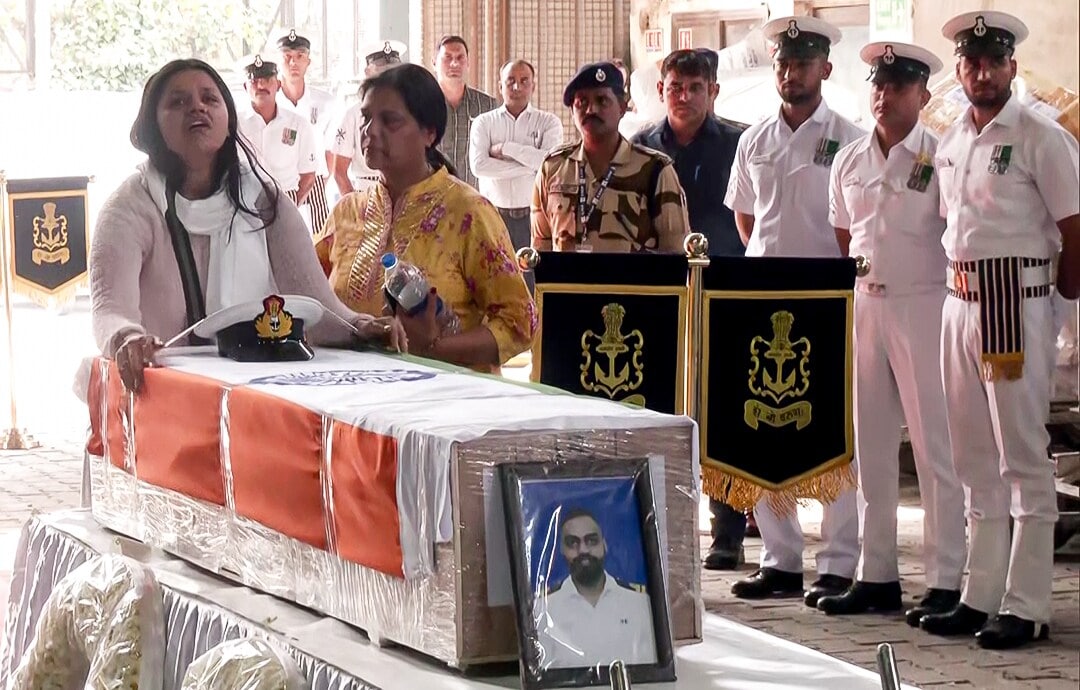
April 22. The meadows of Baisaran in Pahalgam, usually a postcard-perfect honeymoon destination, became a graveyard of hope. Terrorists, backed by Pakistan, methodically hunted down Hindu men — newlyweds among them — and shot them at point-blank range. There was no warning, no mercy. Just blood in a place meant for beginnings.
One photograph came to symbolise the tragedy. Himanshi Narwal, a bride of six days, knelt beside the lifeless body of her husband, Navy officer Lieutenant Vinay Narwal. Her forehead — where the sindoor had so recently shone — was bare.
Her grief was raw. But the absence of that red streak spoke volumes. What was once a symbol of life and partnership now marked the cost of terror. That absence — that void — became the heart of a nation’s outrage.

When the Indian Armed Forces launched their carefully coordinated counter-strike on nine identified terror infrastructure points, it wasn’t just an act of defence — it was a message.
"A little while ago, the Indian Armed Forces launched OPERATION SINDOOR, hitting terrorist infrastructure in Pakistan and Pakistan-occupied Jammu and Kashmir from where terrorist attacks against India have been planned and directed. Altogether, nine sites have been targeted," read the official statement from the Army.
Accompanying the announcement was a visual: Operation Sindoor rendered in bold, decisive text — its meaning unmistakable. The mission had a name that wasn't just about vengeance; it was about remembrance. It refused to reduce the dead to numbers. It honoured the lives and the loves they left behind.
#PahalgamTerrorAttack
— ADG PI - INDIAN ARMY (@adgpi) May 6, 2025
Justice is Served.
Jai Hind! pic.twitter.com/Aruatj6OfA
"प्रहाराय सन्निहिताः, जयाय प्रशिक्षिताः"
— ADG PI - INDIAN ARMY (@adgpi) May 6, 2025
Ready to Strike, Trained to Win.#IndianArmy pic.twitter.com/M9CA9dv1Xx
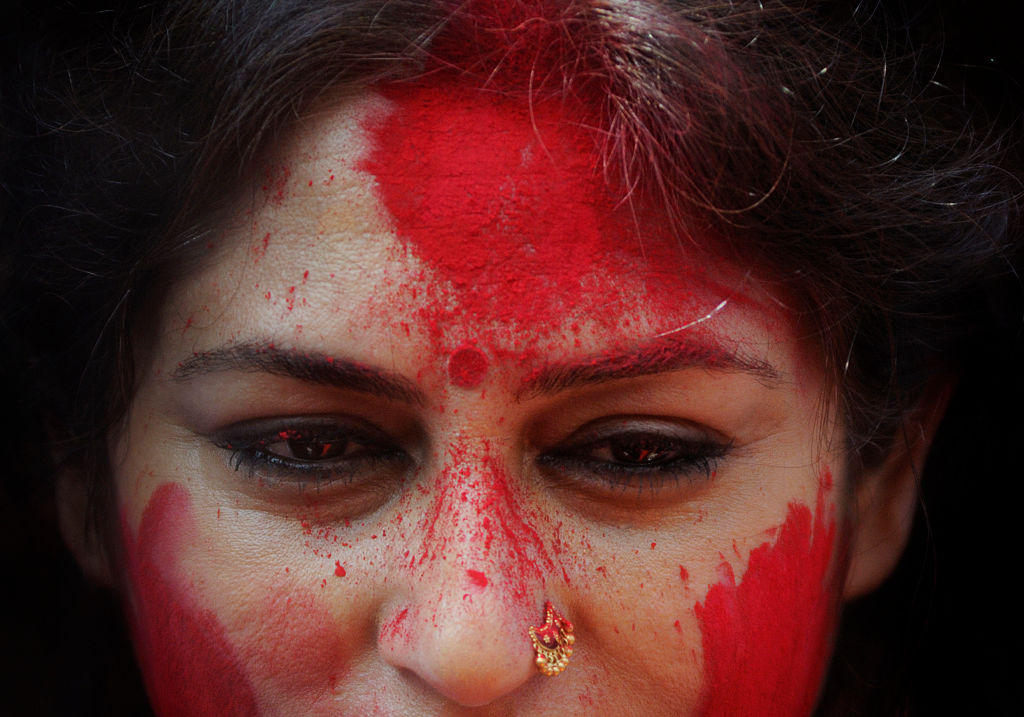
Sindoor — the red powder that glistens on the foreheads of married Hindu women — is more than a tradition. It is the sacred thread between life and love, between a woman and her husband. It signifies that he is alive. That their journey together continues.
In some traditions, it’s linked to Goddess Parvati, the divine symbol of marital devotion. In others, it is war paint.
Indian warriors, from Rajput princes to Maratha generals, have long adorned their foreheads with tilaks of sindoor before heading into battle — a mark of valour, a prayer, a vow to protect.
That dual symbolism — of love and fight — now merges in Operation Sindoor. This wasn’t just a mission. It was an invocation of heritage, and an oath to avenge.
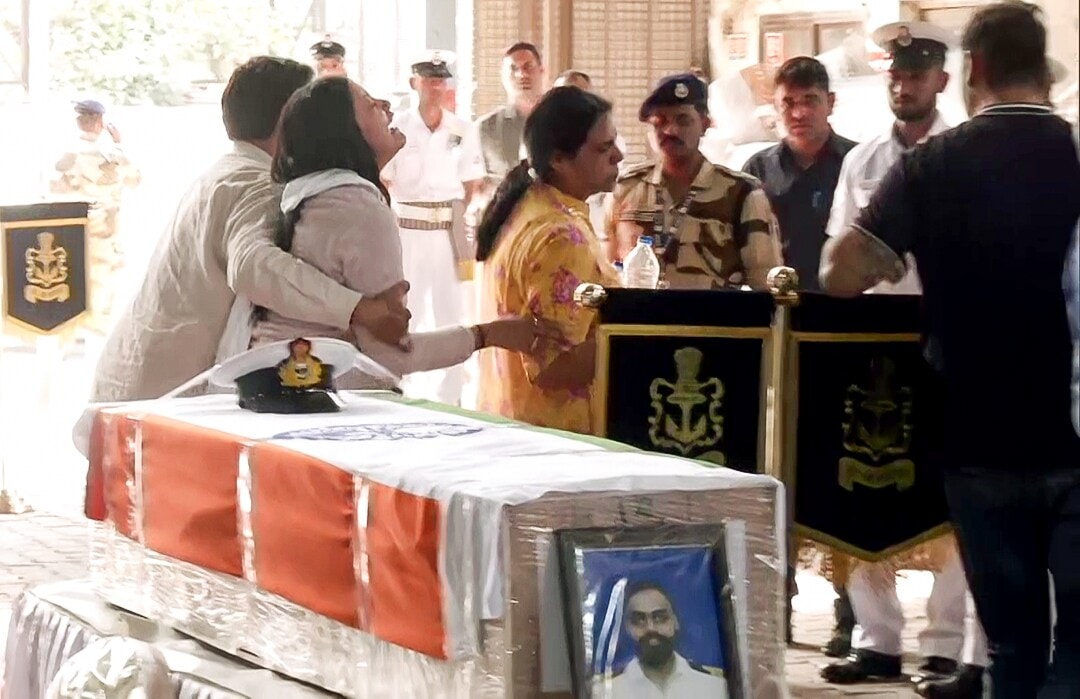
The terror attack in Pahalgam was more than a massacre. It carried a sinister message — that joy, faith, and identity could be targets. That young brides would return from their honeymoons with coffins, not memories.
India replied. Not just with firepower, but with symbolism.
Where terrorists aimed to terrify, India chose to dignify. The brilliance of the name lies in how it humanises. It reminds every citizen that this strike wasn’t about geopolitics or posturing — it was personal. It was about Himanshi and every woman like her. It was about Vinay and every soldier and civilian whose life was taken simply because they were Indian.
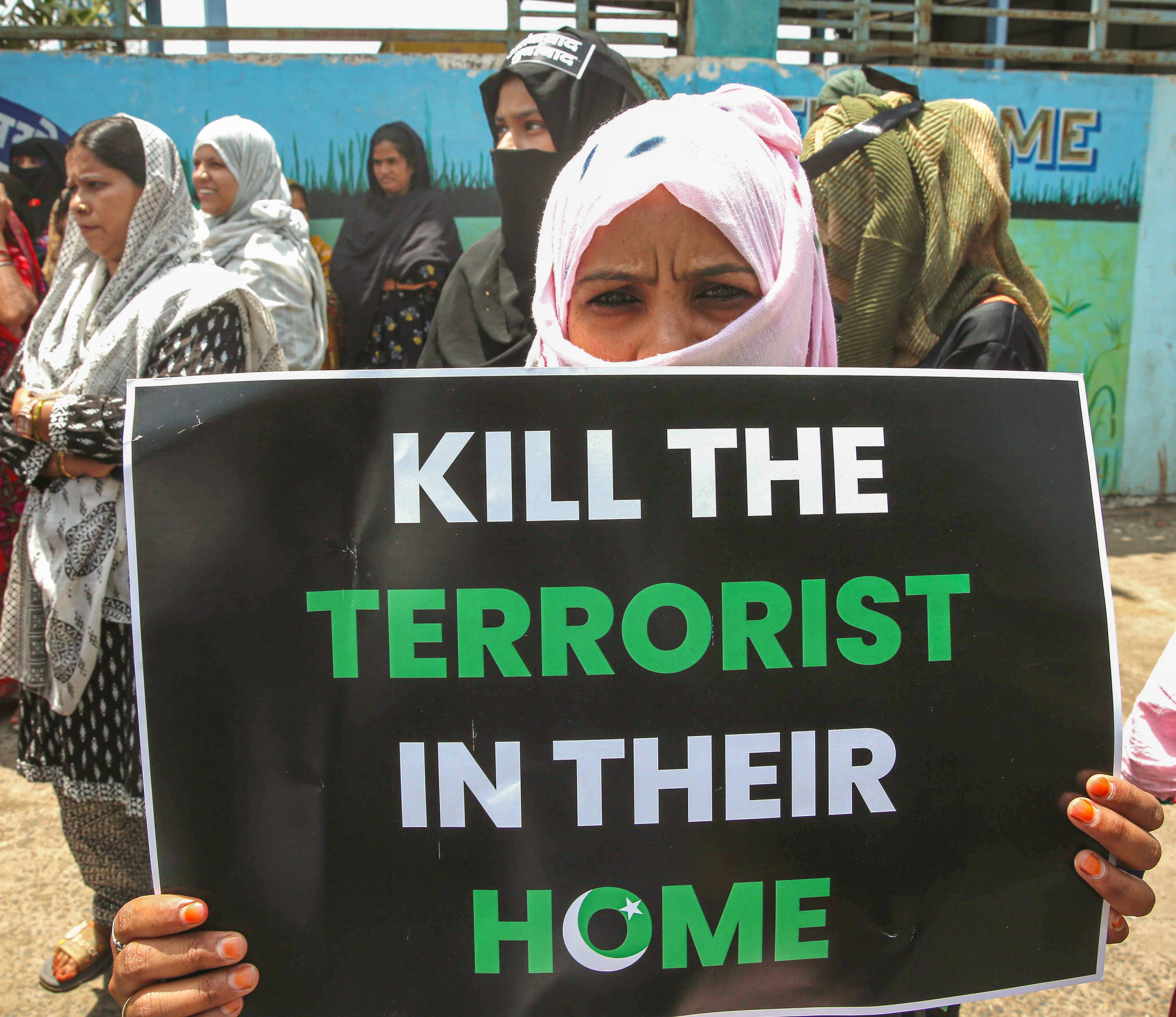
Dharma — righteousness, duty, justice — is often spoken of in the abstract. But in moments like these, it finds real form. In restraint and resolve. In choosing to target only terror camps, not civilians — a point India has made clear time and again, even as its enemies continue to do the opposite.
"No Pakistani military facilities have been targeted. India has demonstrated considerable restraint in selection of targets and method of execution," the Army said.
"We are living up to the commitment that those responsible for this attack will be held accountable," it added.
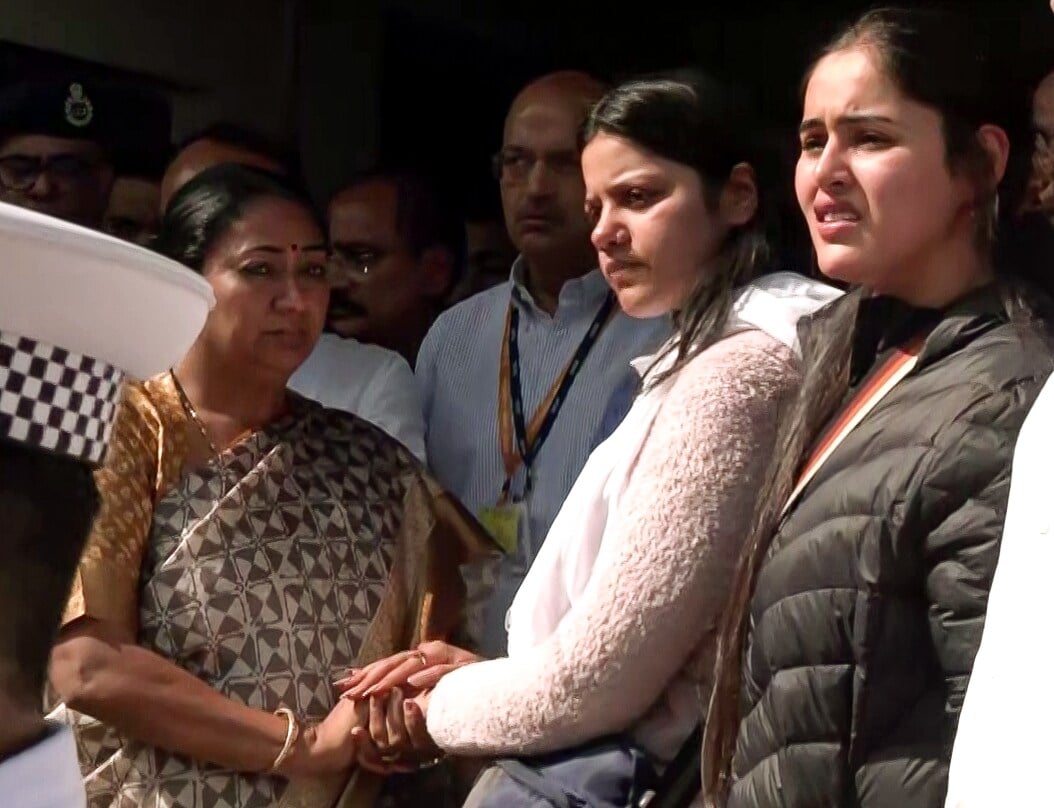
Sindoor means different things to different people. But in this mission, it brought together the sacred and the strategic. It represented not only the presence of a husband, but also the promise of a soldier. It echoed through Himanshi Narwal’s silent forehead and rang out in the roar of fighter jets.
In naming the mission Operation Sindoor, India ensured that it will not forget — not the crime, not the victims, not the pain. And it promised that every drop of innocent blood spilled would have meaning.
The sindoor, once wiped by violence, now returns — not as a dot, but as a declaration.
You may also like

Nagaland State Lottery Result: May 7, 2025, 1 PM Live - Watch Streaming Of Winners List Of Dear Indus Sambad Morning Wednesday Weekly Draw

Mock Air Raid And Blackout Drill In All 20 Haryana Districts Tonight As Part Of 'Operation Abhyas' (Video)

NCP (SP) Chief Sharad Pawar Speaks To PM Modi, Rajnath Singh; Extends Full Support On Operation Sindoor

SC Seeks National Medical Commission's Reply On Plea Over Unpaid Stipends To Foreign Medical Graduates At Bhopal College

Britain's Got Talent's third semi-finalists revealed with stomach-churning twist







